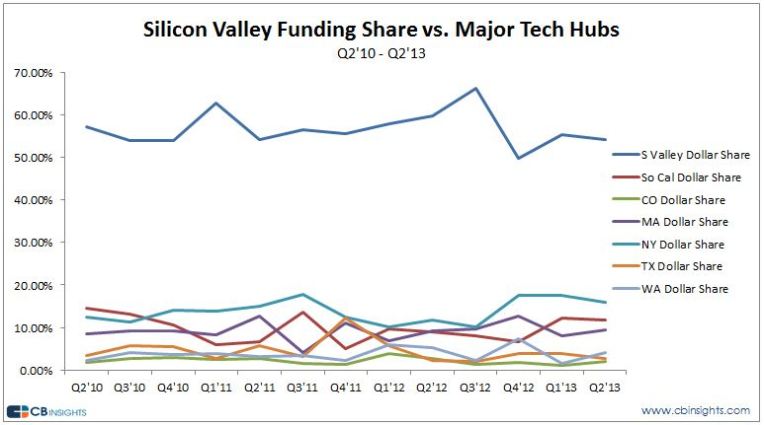I recently completed a short term project with ReviewInc (RI), an online review management platform for businesses to mange and enhance their review process. RI is a small Los Angeles are company that’s been in business for about 3 years with a couple of major pivots under their belt.
My role was to analyze all aspects of the company and then find their unique opportunities to “take it to the next level”. It opened my eyes to the fascinating ( never thought I’d say that about reviews) details of this market segment and its ubiquity in all important Online Marketing.
RI primarily needs to accelerate revenue growth and market share in order to build new products, increase salaries to market rate and defend their position against a large number of competitors. I found several areas of excellence as well as several more that need enhancement. In the 90 period of my consulting they made many positive changes in a short time period with their minimal budget.
> The Larger Market:
The Online Review infrastructure industry is highly under exposed in the overall Internet marketing world. When most people think of reviews, they think of negative reviews people write when they’re unhappy about their service at a restaurant or tire dealership. Even expert Internet marketers are pretty unaware of the market and its details. Until recently I was fairly unaware of this market, more focused on social, dat analytics, seo, superior web development, content management and CMS design as my priorities for Online Marketing projects and conversion. But now I realize “the review piece” should be considered in any Online Marketing strategy and execution. It’s content, social, seo enhancing and is impacting a vast majority of online purchasing.
Yelp pioneered 2.0 of this industry over 10 years ago and should be given credit for that. Now the market is estimated at over $10 billion revenue per year, probably a lot more if you include all the sub-markets and service agencies using it for their business development and product lines. It’s a lot more than restaurant reviews.
Online review management systems are an established part of the web for both consumer and B2B. In the consumer markets, 86% of all customers rely on online reviews when they buy something, and 72% of all people say online reviews are their top reason for choosing a local business. For B2B, online reviews and testimonials and becoming a requirement in healthcare, automotive, government and other industries. And there’s a ton of overlap, making the line pretty fuzzy.
No matter the segment, reviews directly impact sales, market position and business health. Yelp is the giant in the industry at a $4 billion market cap, but there are over 1,000 other review companies in all segments of business and consumer markets. Other heavy hitters are Trip Advisor, Glassdoor, Angie’s List, Edmunds.com, NewEgg.com, La Fourchette, Menu Pages, Doctor.com, Best Buy, Michelin, Cityvox Avvo, IMDB, Call a Plumber, Brad’s Deals, HotFrog Gayot.com, Rotten Tomatoes, Ripoff Report and Zagat.
It is a quickly evolving market that will continuously challenge current players, as Yelp has seen as it has lost almost 50% of its market value in the past 12 months.
> Market Segments:
Online Reviews, Review Management, Restaurant Reviews, Employer Reviews, Movie Reviews, Social Analytics, Reputation Management, Customer Service Feedback, Review Aggregation.
> Company Summary:
Saas Product launched, several Fortune 1000 customers, currently growing. Self funded to date, 10-20 employees.
> The Bottom Line:
ReviewInc. is doing a lot of things right in product innovation R&D efficiency and anticipating user needs. They will have to continue to innovate and adapt to the market and win big deals to grow to a sufficient size to be a factor in this market; they have many direct competitors. They need to be sufficiently afraid of this ruthless market and use it for motivation. As Andy Grove says “Only the paranoid survive.”
If RI wants to grow faster they will need to take the company through the chasm and make critical changes to their management team, product line and UX. Not all companies want this; they would prefer to fly under the radar, so 2015 will determine which path RI takes.






